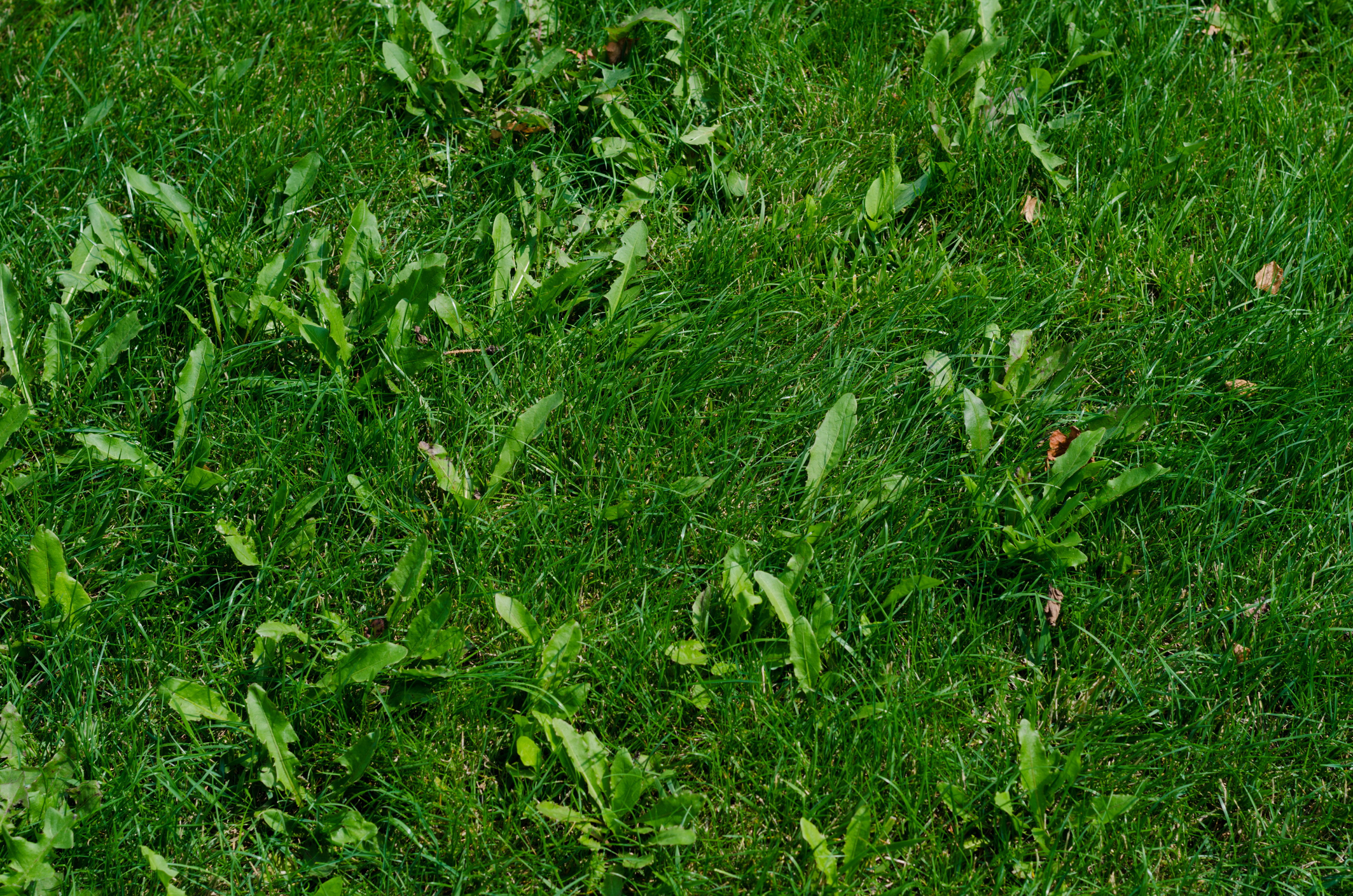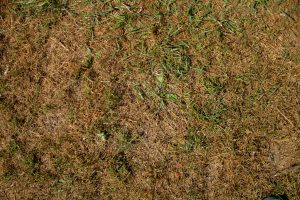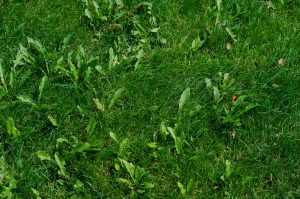
Why do I still have weeds?
By Cody Wynn
If you’re still seeing weeds its likely in areas with poor drainage, shallow rock, around trees or along the edges of beds. Areas with poor drainage, like at the ends of down spouts, can actually have erosion related issues that pre-maturely break down weed barriers. Shallow rock will also create areas with poor weed control. Typically above a shallow rock is sandier soil. This allows preemergents to flow through the soil at a much rapid rate than the clay soils we’re all used to. Base of trees are also a common place for weed break through. It’s an area with shallow tree roots or a very heavy mulch layer from years of decaying matter. This also creates a harder environment to reduce weed populations. Bedding area edges are the most common places I’ll see weeds. Our employees are trained to use extreme caution around bedding areas. We will spray up to the edges as best we can but cant always get a good “line” of defense. If there are Plants that have overhanging leaves, low flowering or newly planted we will avoid contact as much as possible. During this first round in January we will spot treat with Herbicides in a more direct and easier controlled method to reduce any weeds present at the time we arrive to treat.
**Newer customers will likely have weeds due to the weed cycles not being broken yet. It can take 14-18 months to disrupt the seed heads and over wintering of some weeds.**
My Lawn Has Spots?!
Each year we get calls about thin spots, dark spots or just plan ole weird looking areas in a lawn. Thinning can simply be areas where poor mowing practices have occurred. Basically thatch has accumulated overtime with irregular mowing. Thatch aka clippings can start to pile up. These piles will smother out areas in a lawn if left. These piles can also trans locate by way of heavy rainfall. The rain will push the thatch easily overtime because the once healthy grass underneath has been smothered to nothing and can no longer provide an anchor. Dark Spots are a bit trickier to diagnose. It can be a disease occurred in the fall but went dormant with the cooler temps in the winter. It can also just be an area of active earth worms that have “fluffed” the soil up and cause strange darker areas in a lawn. As for this years weird spots I’m leaning towards severe heat/drought damage from last summer. Any grass that wasn’t properly irrigated and or had compact soil conditions suffered greatly. There wasn’t enough time in the fall to help reverse the damage either. We didn’t receive normal temperatures until the 3rd week of October. At this point Bermuda was already slowing down so any recovery wouldn’t have been possible. That’s where we had to be extremely careful in how we treated the lawns during the Fall. Typically we could get aggressive with weeds and fertilizers but when its 90+ degrees those efforts aren’t an option. We used a lot of Humic, Fulvic and Amino Acids to help reduce stress. We stayed away from high salt containing products to avoid damage to sensitive tissues. We are also using new blend of Calcitic Lime, Potassium and Bio Solids to help rebuild root zones and create healthier soils that likely occurred last summer.
What Can I do with My Lawn this Winter?
There are some things you can do this time of year if you’re suffering from cabin fever. This time of year can bring a lot of rain fall. Use the washing areas as a sign there’s a problem. Down spouts can be redirected. Bedding areas can be changed to help hide some reoccurring issues with drainage related symptoms in the lawn. Leaf removal or mulching is also extremely beneficial but I recommend not trying either when the leaves are wet. Tree Limbs can be pruned above thin areas of the lawn hindered by too much shade. That bush on year 3, with no leaves left ,that you’re convinced will come back, can finally be dug up. Its still winter though so definitely pick your battles on the semi warmer days.





